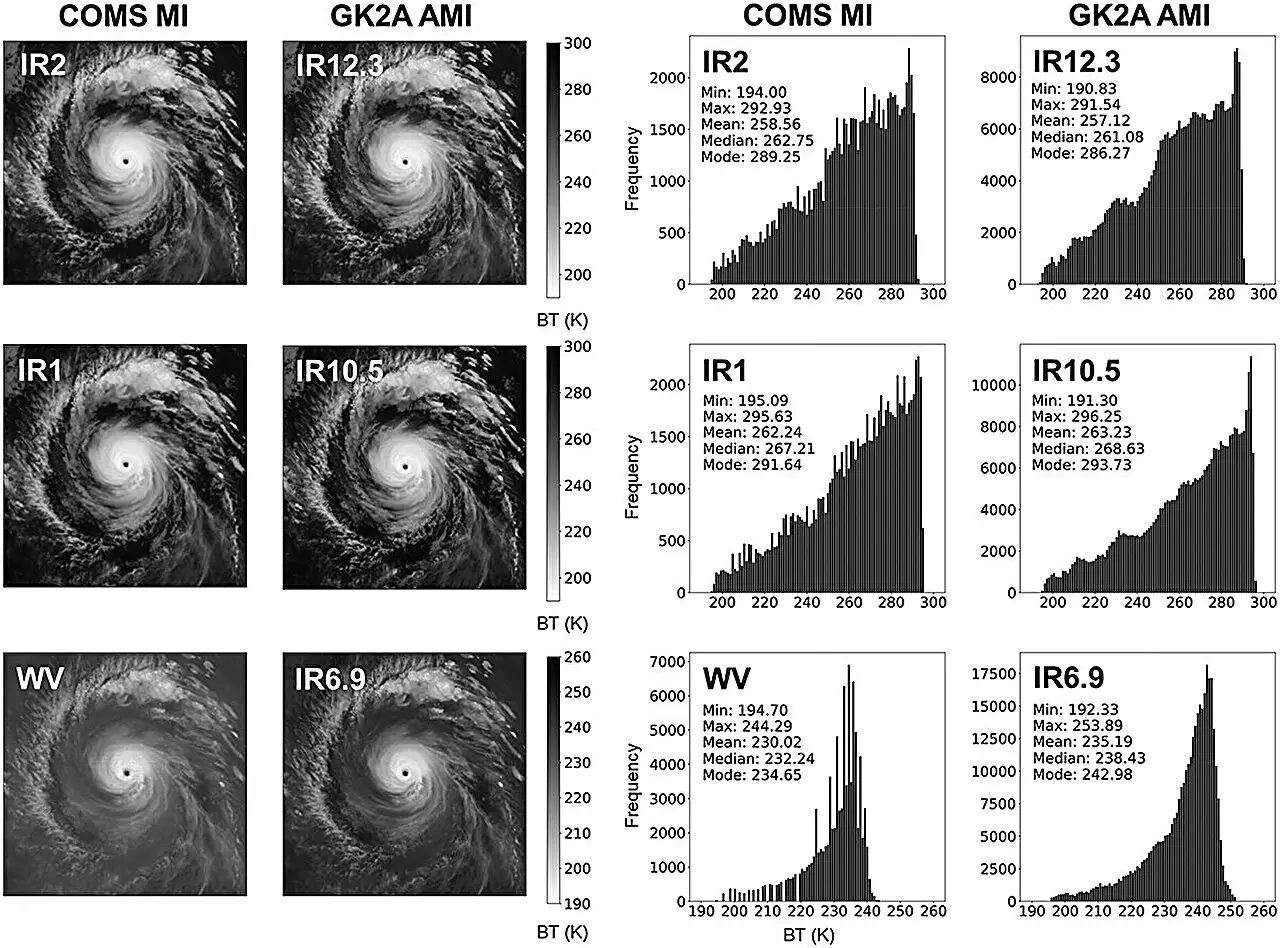In the face of the escalating challenges posed by climate change, predicting typhoons has become increasingly crucial. A team of researchers led by Professor Jungho Im at UNIST has recently pioneered a groundbreaking technology that harnesses real-time satellite data and deep learning capabilities to forecast typhoons with unprecedented accuracy. This innovative approach marks a significant advancement in the field of meteorology and disaster preparedness.
The research team introduced a Hybrid-Convolutional Neural Networks (Hybrid-CNN) model that integrates geostationary weather satellite data and numerical model data in real-time. By combining satellite-based spatial characteristics with numerical prediction model outputs, this model offers objective and precise forecasts of tropical cyclone intensity, with lead times of 24, 48, and 72 hours. Notably, the Hybrid-CNN model effectively minimizes the uncertainties associated with traditional numerical models, thereby enhancing the accuracy of typhoon predictions.
Unlike the conventional method, which heavily relies on geostationary satellite data analyzed by forecasters, the Hybrid-CNN model streamlines the forecasting process by reducing the time needed for analysis. By leveraging deep learning capabilities, this technology provides a more efficient and reliable means of predicting typhoons. Moreover, the use of transfer learning models based on data from advanced satellites like the COMS and GK2A satellites has enabled the AI to visualize and analyze typhoon intensity estimation automatically.
The implications of this cutting-edge technology extend far beyond the realm of meteorology. By offering quick and accurate typhoon information to forecasters, the Hybrid-CNN model is poised to play a pivotal role in disaster preparedness and damage prevention. Through the extraction of environmental factors influencing changes in typhoon intensity, this technology empowers forecasters to make informed decisions and implement timely precautions to mitigate potential risks.
The integration of deep learning capabilities and real-time satellite data in typhoon prediction represents a significant leap forward in meteorological research. The Hybrid-CNN model developed by Professor Jungho Im and his team at UNIST holds immense promise in revolutionizing the way we forecast and respond to typhoons. With its enhanced accuracy and efficiency, this technology is poised to transform disaster preparedness efforts and minimize the impact of typhoons on vulnerable populations.


Leave a Reply